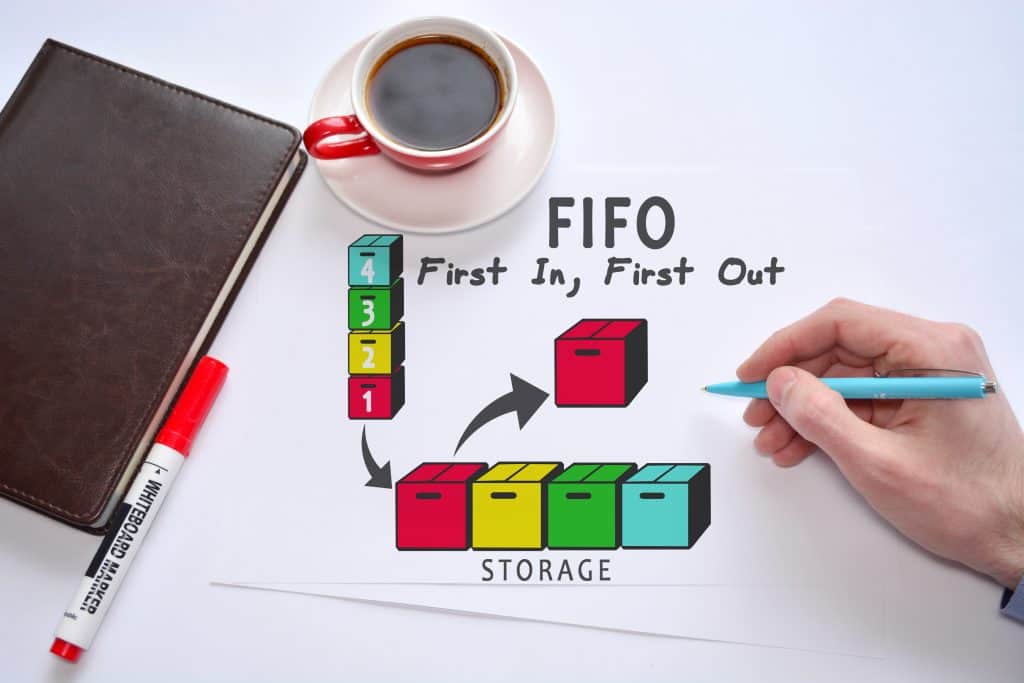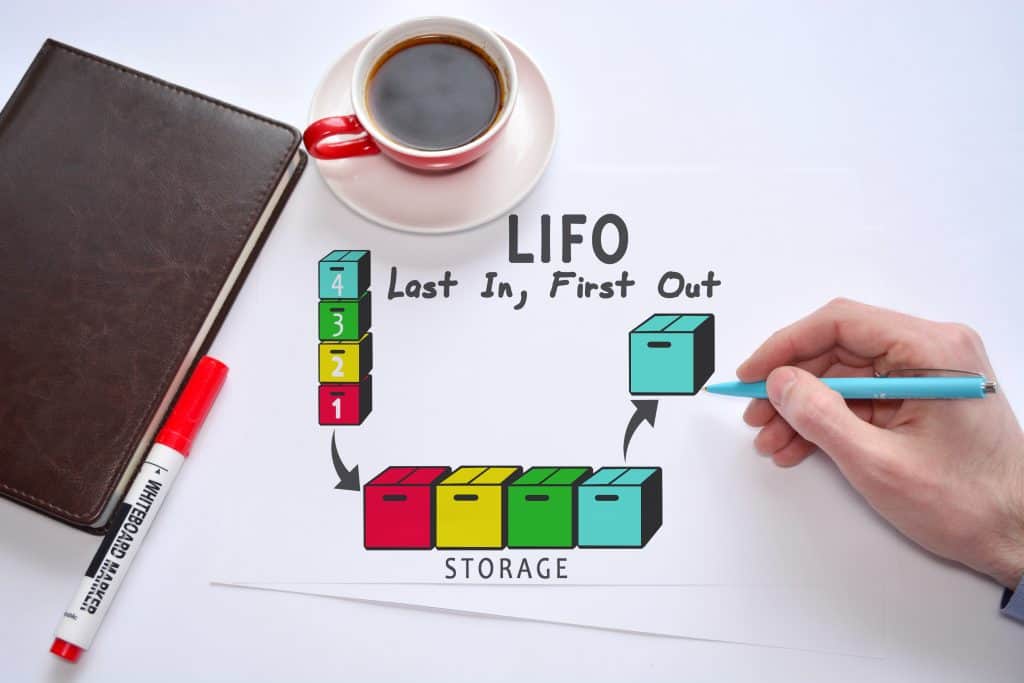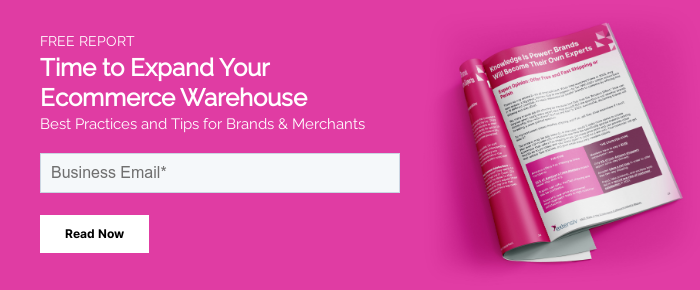Are you managing your inventory correctly?
When it comes to managing an ecommerce business, it is essential that you’re keeping tabs on your inventory, and the inventory costing methods you use are very important.
Not only should you be consistently making sure that you have enough inventory so you can fill all your orders, but you should also assign a cost to your stock. This is known as inventory costing — and it is an important part of your business operations for a couple of reasons.
First, inventory costing is important for accounting reasons because it will directly affect the cost of goods sold, gross profit, and net income on your income statement.
In addition to this, your inventory costing will also affect your current assets, working capital, total assets, and stockholder’s equity on your balance sheet. So, if you’re not properly valuing your inventory, those numbers won’t be accurate, which can cause issues down the road.
By accurately calculating your inventory valuation, you’ll get a much better understanding of where you stand in terms of your financials, as well make better decisions in terms of cutting costs and improving your overall revenue.
When it comes to inventory costing methods, there are 4 main formulas that companies will typically use.
First up, there is FIFO (First in First Out)
Method 1: FIFO (First in First Out)
The first in first out method makes the assumption that the oldest products in your inventory have been solid first.
Let’s look at an example to help visualize the FIFO method at work.
A retailer purchased 300 shoes early in the year for $20 each per pair. A few months later, that same retailer bought 100 shoes for $15.
During the course of the year, the retailer sold 275 of those shoes, meaning they have 125 units still in their inventory.
When it comes to calculating the valuation of the remaining inventory of shoes using the FIFO method, an inventory manager would assume that all of the 275 shoes sold came from the first order (First in)
That of that initial 300 shoe purchase (First in), only 25 remain because they sold 275 of them (First Out).
Because each pair of shoe cost $20, that equates to $500 (25*20).
But there are still 100 shoes that don’t have a value assigned to them. With FIFO, we assume that those 100 shoes came from the last order where each shoe cost $15.
So, we take 100*15 and get $1,500. We then add that to the first calculation ($500) and wind up with a grand total of $2,000 for our total inventory valuation for those shoes.
When calculating the cost of goods sold (COGS) with FIFO, we once again assume that all those pairs of shoes sold were from the first order (300 shoes at $20 per unit). So, take $20*275 and get $5,500.

Method 2: LIFO (Last in First Out)
If you understand FIFO, then LIFO (Last in First Out) should be no problem. With LIFO, you’re making the assumption that the units you purchased most recently are the ones that are being sold first.
Here is another example to make sure you got it down.
That same retailer from the first example purchases 30 hats for $5 each (what a steal) at the beginning of the year. A few months later, they buy 15 more hats, this time for $10 each.
During the rest of the year, the retailer sells 35 hats. Now, it’s time to calculate the COGS and the remaining inventory valuation.
First, we’ll do the COGS.
Since we are using the LIFO method this time around, we’ll assume that those 15 hats from the most recent order (Last in) were the first to be purchased (First Out).
So, we’ll take 15*$10 and get $150. But, that leaves us with 20 hats sold that haven’t been calculated yet (35 hats sold minus the 15 from that batch = 20 more hats sold)
We now assume that those 20 hats were a part of the initial batch purchased early on in the year, which cost $5 each. So, $20*5 = $100.
Add those two calculations up ($150+$100) and we get a COGS of $250.
Now, for the remaining inventory value, take the 10 remaining hats and assume they all belonged to the first batch.
So, 10*$5 = $50 for the remaining inventory valuation.

Method 3: Weighted Average Cost
With the weighted average cost, you don’t have to worry about when you purchased any particular unit or when they were sold, you simply take the average cost of your inventory and go from there.
Let’s check in on our favorite non-descript retailer to see how weighted average cost works. Our retailer made two different purchases of sunglasses early in the year. The first batch contained 100 sunglasses, each costing $5.
The second batch contained 150 sunglasses, each costing $7. During the course of the year, the retailer sold a grand total of 200 sunglasses.
Instead of worrying about the order in which they, the retailer, bought the sunglasses, they simply take the average cost of the two batches and use that for calculating the COGS and remaining inventory.
So, simply take $7+$5 and divide the answer by 2, because there were two different batches, and get $6 for the average cost.
For the COGS, simply take the number of sunglasses sold (200) multiplied by $6 and get $1,200.
For the remaining inventory cost, take the average cost of $6 and multiply it by the number of sunglasses you have left (50) and get $300.

Method 4: Specific Identification
Specific identification is the most precise of the four inventory costing methods, as it allows you to simply trace back each and every purchase to the original batch it came from
For example, let’s say our retailer bought four different batches of socks over the course of the year. One cost $2 per unit, another $2.50, the next $3.75, and the last for $1.25.
By using the specific identification method, the retailer can easily trace back every single purchase of a sock to how much it initially cost them to buy and then keep a running tabulation and then work out the COGS and ending inventory from there.
Now, when we say they can easily do this, it is only if they have the right inventory management solution on hand. Without the right software, the specific identification method is not possible.
There you have it, the four main inventory costing methods.

Keep Better Track of Your Inventory With Extensiv Warehouse Manager
With cloud-based solutions and integration capabilities for prominent ecommerce platforms like Shopify, Extensiv Warehouse Manager Software is the premier inventory management solution for helping business owners be confident in their inventory.
Our cloud-based inventory management solution allows you to manage your inventory using mobile devices, making it easier and more convenient for you to keep tabs on your stock.
Extensiv Warehouse Manager also allows for the following features:
- Updates product quantities in real-time
- Validates and Verifies receiving, picking, packing, and shipping transactions
- Manage Multiple warehouse locations, bins, SKU numbers, and assets
- Print detailed product and bin barcodes
- Manage any volume of orders efficiently using workflows and triggers
- Detailed reporting functions including lot recall, asset summaries, and cycle counts
To take control of your inventory, contact Extensiv today!



![4 Formulas For Inventory Costing Methods [Free 2021 Guide]](https://www.extensiv.com/hs-fs/hubfs/Skubana/Blog%20Pages/Imported_Blog_Media/inventory-methods-warehouse-management-2.jpeg?upsize=true&upscale=true&width=1200&height=800&name=inventory-methods-warehouse-management-2.jpeg)




